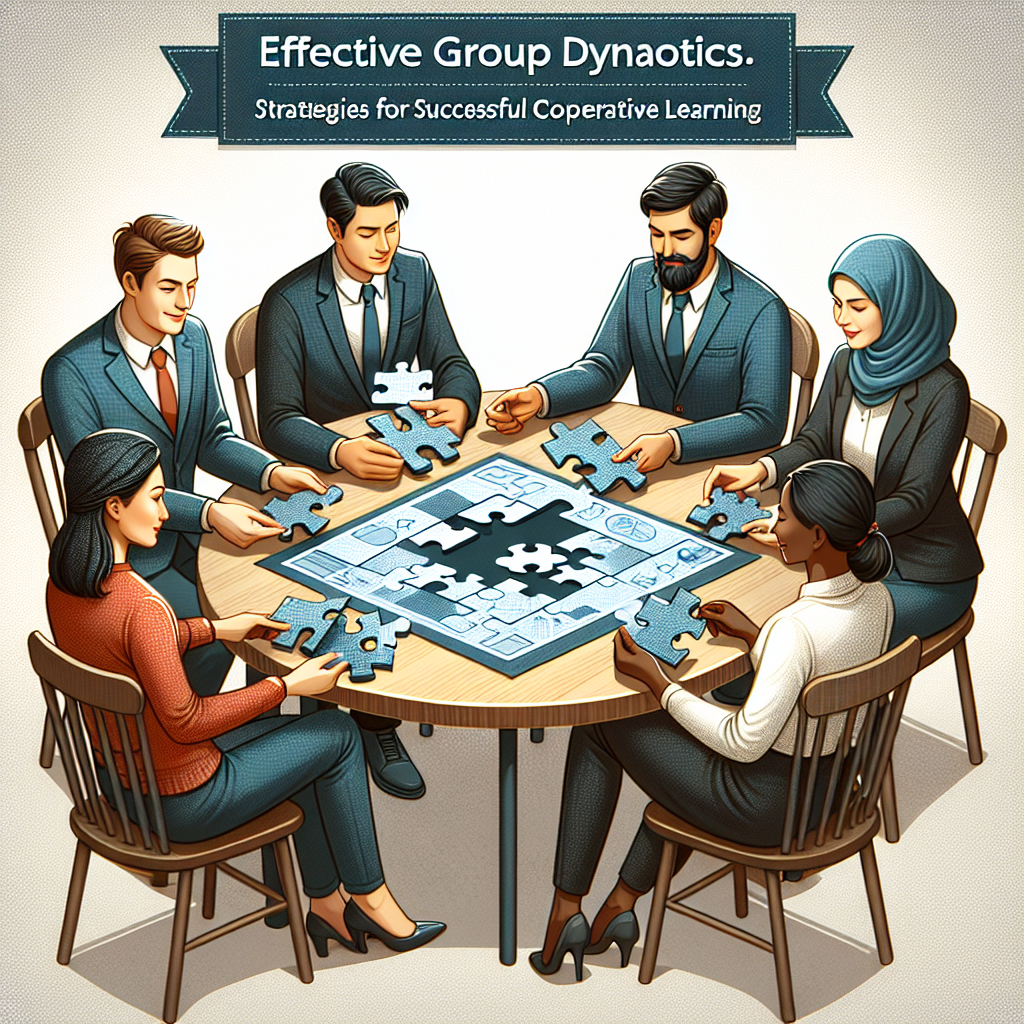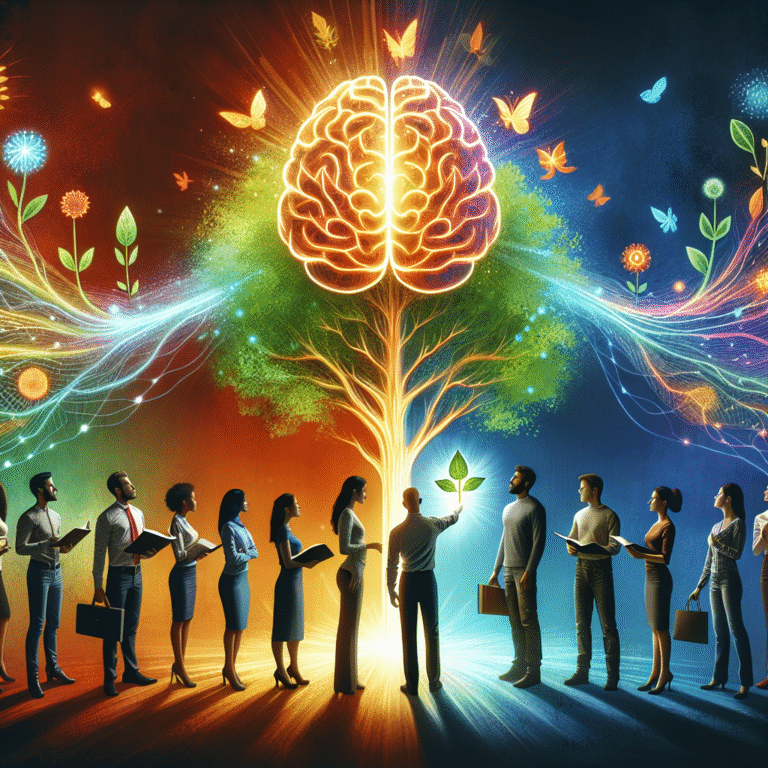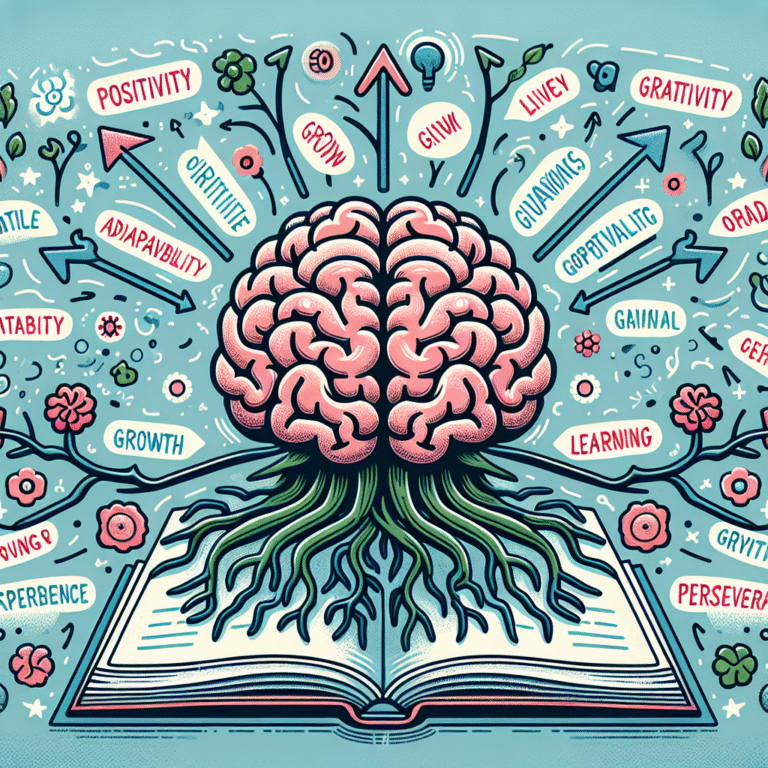
Introduction
In today’s fast-paced, interconnected world, collaboration is more crucial than ever. Effective group dynamics are not just an asset—they are a necessity for success in academic and professional settings. When a group of individuals comes together with diverse perspectives to tackle a shared objective, the potential for innovation and achievements multiplies exponentially. This article explores Effective Group Dynamics: Strategies for Successful Cooperative Learning, offering unique insights and actionable strategies backed by case studies and real-world applications that will help you cultivate a thriving learning environment.
Understanding Group Dynamics
Group dynamics refer to the social processes that occur within a group. These interactions can significantly influence the group’s performance, satisfaction, and overall effectiveness. Understanding these dynamics is foundational to implementing successful cooperative learning strategies.
The Phases of Group Development
Bruce Tuckman’s model of group development outlines the phases: Forming, Storming, Norming, Performing, and Adjourning. Recognizing these phases can help you navigate group dynamics effectively.
| Phase | Description |
|---|---|
| Forming | Team members come together and outline goals. |
| Storming | Conflicts arise as differing opinions emerge. |
| Norming | The group establishes norms and roles. |
| Performing | The team works collaboratively to achieve goals. |
| Adjourning | The team reflects and disbands after achieving objectives. |
Importance of Effective Group Dynamics
Incorporating Effective Group Dynamics: Strategies for Successful Cooperative Learning is vital for several reasons:
- Enhances Learning: Cooperative learning leads to a deeper understanding of the material as participants bring varied insights.
- Promotes Engagement: Students who engage in group activities report higher motivation and interest in the subject matter.
- Develops Critical Skills: Interpersonal skills, conflict resolution, and teamwork are nurtured through effective group interactions.
Strategies for Fostering Effective Group Dynamics
1. Clear Objectives and Roles
Establishing clear objectives and defining roles within the group can set the foundation for success. When each member knows their responsibilities, they can contribute more effectively to the group’s goals.
2. Open Communication
Fostering an environment of open communication is crucial. Encouraging members to share their ideas and concerns creates a trusting atmosphere, essential for Effective Group Dynamics: Strategies for Successful Cooperative Learning.
3. Active Participation
Involve all group members in discussions and decision-making. Techniques like "round-robin" brainstorming ensure that everyone has a chance to voice their thoughts.
4. Conflict Resolution Techniques
Conflict is inevitable, but how a group navigates conflicts can either strengthen or weaken their dynamics. Implementing structured conflict resolution strategies can help groups address issues transparently.
5. Regular Feedback
Collecting regular feedback allows groups to assess their dynamics continuously. Feedback can improve performance by addressing issues promptly and facilitating growth.
Case Studies Illustrating Effective Group Dynamics
Case Study 1: The 21st Century Classroom
A high school in Texas adopted a project-based learning model that emphasized group work. By clearly defining roles and implementing regular feedback sessions, the school saw a 30% increase in student engagement and scores.
Relevance: This study emphasizes the impact of structured roles and regular feedback, key components of Effective Group Dynamics: Strategies for Successful Cooperative Learning.
Case Study 2: Corporate Team Building
A tech startup struggled with collaboration among its engineers. Introducing team-building retreats focused on conflict resolution and open communication led to a 40% increase in project efficiency.
Relevance: This demonstrates the importance of communication and conflict resolution in fostering effective group dynamics.
Tables and Charts
Group Performance Analysis
Here’s a simple table illustrating the correlation between group dynamics and performance outcomes.
| Group Dynamics Category | Performance Outcome (%) |
|---|---|
| Clear Objectives | 90% |
| Open Communication | 85% |
| Active Participation | 88% |
| Conflict Resolution | 92% |
The Role of Technology
Incorporating technology can further enhance Effective Group Dynamics: Strategies for Successful Cooperative Learning. Tools like collaborative software (Google Docs, Slack) promote communication and project management.
Conclusion
Embracing Effective Group Dynamics: Strategies for Successful Cooperative Learning is not just an educational trend; it is a crucial aspect of any successful collaborative effort. By focusing on clear objectives, open communication, active participation, conflict resolution, and feedback, you can create a thriving environment where group members can shine. As you cultivate these dynamics, you empower yourself and those around you to harness the power of collaboration effectively.
FAQs
1. What are group dynamics?
Group dynamics refer to the interactions and relationships that influence the behavior and performance of a team.
2. Why are effective group dynamics important?
Effective group dynamics lead to better collaboration, enhanced learning, and improved problem-solving capabilities within teams.
3. How can I improve communication in my group?
Fostering an open environment where team members feel safe to share their thoughts and concerns is crucial. Regular check-ins can also facilitate communication.
4. What tools can help with group collaboration?
Collaborative tools like Slack, Microsoft Teams, and Google Workspace can significantly enhance communication and project management efficiency.
5. How can I handle conflicts in a group?
Implement structured conflict resolution strategies that encourage open dialogue and aim for a fair compromise among all members.
By exploring and applying these insights, you’ll not only improve your group dynamics but will also set the stage for extraordinary cooperative learning experiences. Let’s make collaboration a force for positive change in our classrooms, workplaces, and communities.















